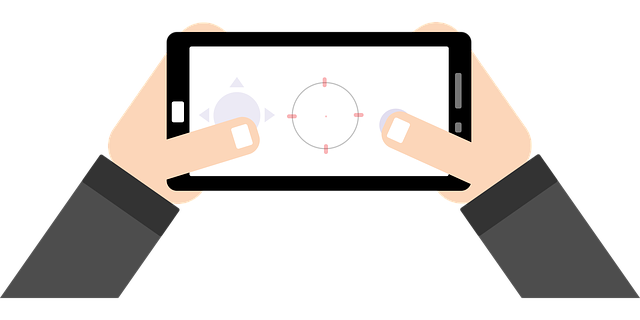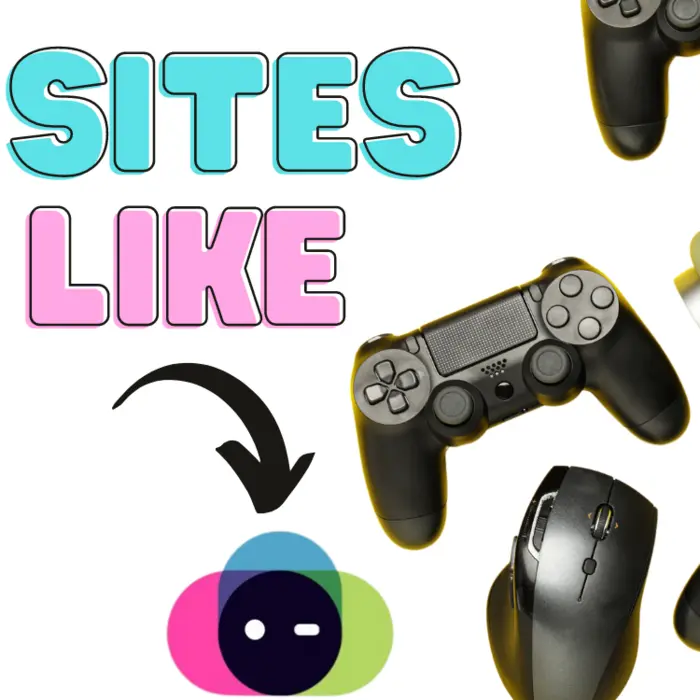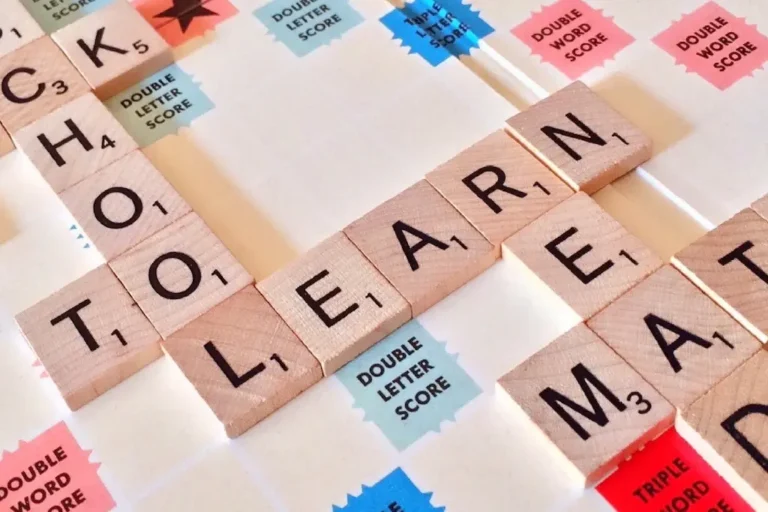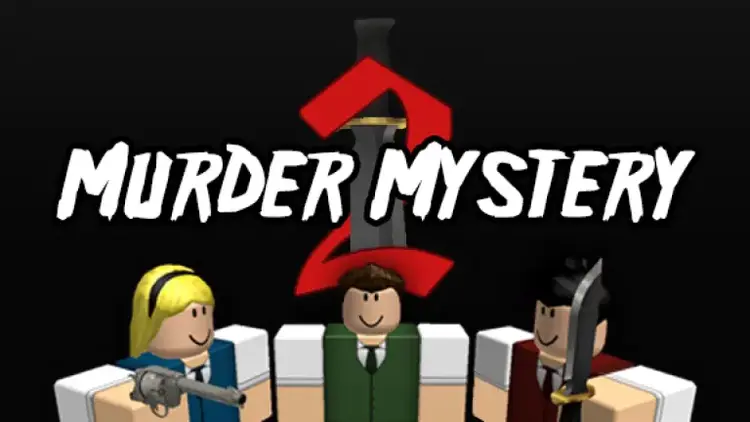4 Tips for Marketing your Gaming App
The mobile gaming market has never been stronger.
Today, with more devices, better access to broadband and wireless capacity, and ease of play, mobile games are increasingly popular. The emergence of 5G technology means there’s more reliability of mobile streams and low latency, letting users experience excellent gameplay.
One recent report projects the global market for mobile games at $338 billion by 2030, with a compound annual growth rate (CAGR) of 12.3 percent. In-app monetization is projected to reach $188 billion by 2030 with a CAGR of 13.2 percent.
The extraordinary projected growth means many people want to enter the mobile gaming market. Developing apps and making them available on iOS and Android operating systems can lead to major revenue and customer growth.
How can you develop a marketing plan that results in significant revenue? Knowing these 4 tips can help position your game for fun and riches.
1. Build Brand Awareness
Having the right creative elements can help evoke the emotions, tone, and sentiments you want to convey. Brand awareness has many components, including paid advertising campaigns and effective ad content.
Brand elements include your website, ad videos, and your brand logo. Having an effective logo connects your audience to your app and lets you set the tone for your business. You can check out other gaming logos to get some ideas and design your own logo to ensure it has the elements you want it to have.
Your brand will also need compelling ads that help you market your app. The video effectively shows prospective players how the game is played and has some of the highest marketing conversion rates.
Start by looking at some gaming ads, or use the Facebook Ad Library to see examples of competitor ads. You’ll quickly get a good sense of what works and does not. Here are some tips for effective gaming ads:
- Consider the game’s genre and features when writing the script. Also, think about what will most appeal to your target audience.
- Always include footage of gameplay in the ad. These scenes make your game more real and authentic and give players a sense of what it’s like to play it.
- Focus each ad on one game feature or motivation, allowing you to target different player types based on their interests.
- Ads should be simple and brief, no more than 15 to 30 seconds long.
- Start with a compelling, high-energy component that will grab the viewer’s attention and give people a rush of excitement.
- Add music, visual effects, and other elements that set the tone and energy level you’re looking for.
- Be sure to include a call to action, such as a Play Now button or customized link that leads viewers to a download site.
Logos and video ads are important components of developing your brand and raising awareness about your app.
2. Do Your Research
Before you develop and prior to launching, you want to fully understand the markets, audiences, and dynamics of the mobile game app market.
Look first at the market by researching other types of games similar to your idea. You also want to determine if a certain niche in gaming is trending. Sites like Google Trends can show you what’s popular among searches and determine what interests people.
If you find games that are similar to yours, be sure to research your competitors. What functionalities and features are they incorporating into their games? Are they better than what you have in mind, or can you improve upon them? You want to be honest with yourself and your ideas, especially if you’re going to be launching a game in a competitive space.
This research can help you fine-tune your ideas and help you decide on the focus, themes, features, and differentiators for your game.
3. Understand Your Target Audience
Knowing your target audience is key to any successful business. The realm of mobile games is expansive and diverse. There are many types of players, and your target audience will depend on your game’s genre, features, and markets.
Start by determining your ideal player demographics. Creating player personas will help later when you want to target advertising to those with similar demographics.
For example, you may be looking to sell your game app to women 18-34 years old living in Asia or males 12-21 living in the United States.
Also Read: Now.gg Roblox
Once you have your basic demographics identified, take some time to consider the types of gamers you’re looking to attract. Different people like to play games differently. Here are just a few player archetypes to consider when developing your marketing messages:
- Expressionists play games to show their identity using customizations, decorations, and role-playing
- Victors seek to win and are hypercompetitive, interested in playing against and beating other players
- Networkers look to use games as a way to connect socially with other people
- Strategists like to plan, organize and strategize, figuring out how to best use resources and skills
- Thrill Seekers love action, adventure, and excitement, enjoying the rush of a fast-paced game
- Treasure Hunters enjoy the quest, looking to see what’s out there
4. Invest in Paid Advertising and Organic Advertising
There are several different ways to market your game app. Knowing what paid and organic marketing is can help you focus your resources (money and time) in the right spaces to drive success. To attract the most users, an ideal marketing strategy uses both.
Paid Advertising
These advertising campaigns leverage existing platforms to highlight your game. Once you have your creative elements ready, it’s time to advertise. While you can use multiple ad platforms, the two most common are Google and Facebook.
Google requires the creation of a Universal App Campaign, which lets you promote your gaming app on multiple Google properties.
With Google, you do not need to design each ad. You can upload your assets, set the language and location, and Google will create ads for you. Google will even test various asset combos and ads so that those that perform best are used the most often.
Facebook offers an Automated App Ads feature. Like Google, Facebook uses automation and machine learning to test out ads on your behalf. You can even use App Installs with Events to optimize your ads based on your defined goals.
There are other ad platforms to consider for your paid advertising. In addition to Google and Facebook, other ad platforms to consider are:
- Unity Ads
- ironSource
- Apple Search Ads
- App Lovin
- Vungle
Organic Advertising
Organic advertising that covers free marketing should be incorporated into your strategy.
Your website is an excellent place for providing detailed information about your game app. It’s especially helpful given limits or restrictions that may be in place on app store pages or within your app itself.
Many developers, for example, post game updates, behind-the-scenes information, and connections with developers on their websites. This content provides value to existing players, keeping them connected to the game, and can entice new players to sign up.
Social media is an important way to drive traffic and raise awareness. Social media, whether it’s Facebook, TikTok, Instagram or Twitter, can help you create a persona for your app and deliver the news (new features, new levels, new characters or upgrades) and invite people to discussions with developers.
App store optimization is another way to enhance your game. Leveraging expert ASO solutions can significantly boost your app’s visibility, downloads, and overall performance in the app store. Implementing strategic ASO techniques ensures that your app is well-positioned to reach the right audience and stand out amidst the competition. The main elements in your app store listing are the following:
- Game name – Make it descriptive and appropriate.
- Icon – It’s one of the first things players will see. The icon, which often is the same as or a variant on your game logo, needs to pop and be memorable.
- Description – Be sure to use relevant keywords and be concise, accurate, and exciting in your game details.
- Promo video – Show off what makes your game exciting by featuring a brief video that illustrates what your game is all about, similarly to ads.
The gaming industry continues to boom. As you think about and develop your gaming app, it’s important to consider what needs to be factored into your marketing efforts.
Thinking about your audience, your brand and your marketing investments will position your game to reach the most players and generate revenue for years to come.







